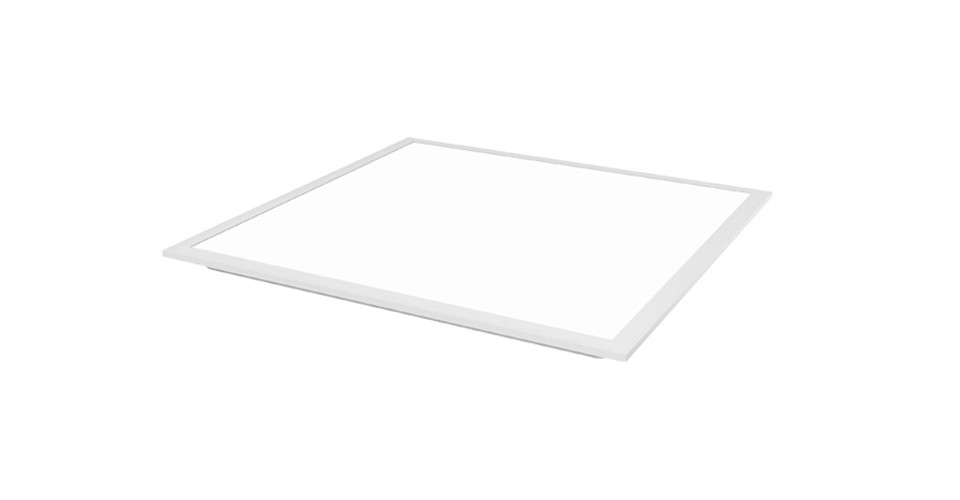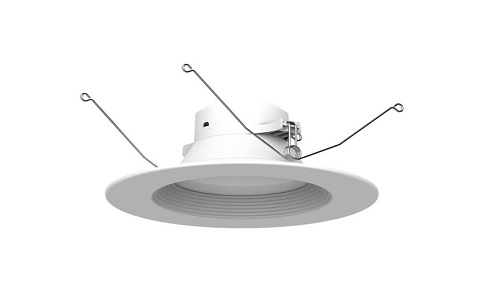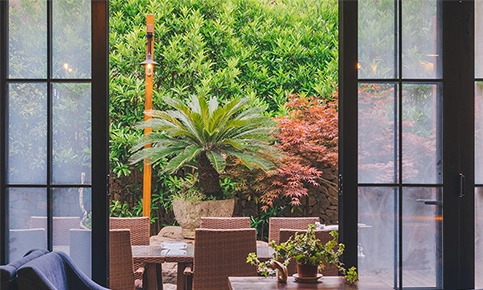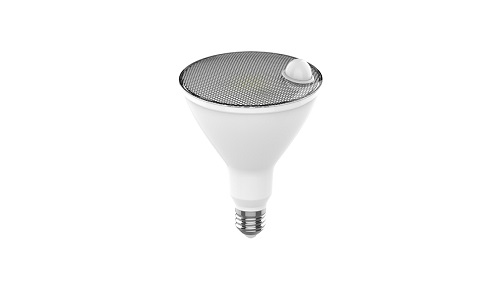
Indoor gardening has become increasingly popular among plant enthusiasts, enabling them to cultivate a variety of plants year-round regardless of weather conditions. One of the most critical factors for successful indoor gardening is providing the right amount and quality of light. This has led to the development of various plant grow lights, with LED (Light Emitting Diode) and HID (High-Intensity Discharge) lights standing out as the two main contenders in the battle for supremacy. In this blog, we will explore the key differences between LED and HID grow lights, comparing their features, benefits, and limitations, helping you make an informed choice for your indoor garden.
Technology:LED grow lights use light-emitting diodes to produce the necessary spectrum of light for plant growth. These diodes emit specific wavelengths that can be tailored to match the needs of different plant stages. LED technology has evolved significantly, allowing manufacturers to fine-tune the color spectrum for optimized photosynthesis and better plant performance.
Energy Efficiency: LED grow lights are highly energy-efficient, consuming significantly less power compared to HID lights. This results in lower electricity bills, making them a cost-effective choice for long-term use.
Longevity: LED grow lights have a long lifespan, often lasting up to 50,000 hours or more. This longevity reduces the need for frequent replacements, saving both money and resources.
Versatility: LED grow lights are available in various configurations, including full-spectrum options, which can be customized to meet the specific needs of different plant species at various stages of growth.
Low Heat Emission: LED grow lights emit less heat, reducing the risk of heat-related damage to plants and allowing for closer placement to the foliage without the need for additional cooling systems.
Higher Initial Cost: LED grow lights for vertical farming typically have a higher upfront cost compared to HID lights. However, the long-term energy savings and reduced maintenance costs often offset the initial investment.
Light Penetration: Some lower-quality LED grow lights may have limited light penetration, potentially affecting plants in the lower canopy levels.
Technology: HID grow lights, specifically High-Pressure Sodium (HPS) and Metal Halide (MH) lights, have been widely used in indoor gardening for decades. HPS lights emit light with a spectrum favoring the flowering and fruiting stages, while MH lights produce a spectrum more suitable for vegetative growth.
Proven Performance: HID lights have a long history of success in indoor gardening and have proven to be effective in promoting plant growth and flowering.
Cost-Effective Initial Investment: HID lights generally have a lower upfront cost compared to high-quality LED grow lights, making them a popular choice for those on a tighter budget.
Light Penetration: HID lights have a strong light penetration ability, providing more uniform coverage to plants in all canopy levels.
Energy Inefficiency: HID grow lights are not as energy-efficient as LED lights and can result in higher electricity bills over time.
Heat Emission: HID grow lights emit a considerable amount of heat, which can negatively impact the indoor growing environment. Additional cooling systems may be required to maintain an optimal temperature.
Shorter Lifespan: HID bulbs have a relatively shorter lifespan compared to LED grow lights, requiring more frequent replacements and increasing maintenance costs.
Plant Needs: Understanding the specific needs of your plants is crucial in deciding between LED and HID grow lights. Different plant species require varying light spectrums and intensity at different stages of growth. LED grow lights offer better control over the spectrum, allowing you to tailor the light to suit your plants' requirements throughout their lifecycle.
Energy Efficiency: If energy efficiency is a priority, LED grow lights are the clear winner. With their lower energy consumption and longer lifespan, they can significantly reduce electricity bills and environmental impact over time.
Budget Considerations: For those with budget constraints, HID grow lights might be a more affordable initial investment. However, keep in mind the higher long-term costs due to energy consumption and bulb replacements.
Heat Management: If managing heat in your indoor garden is a concern, LED grow lights are the better option. They emit less heat, reducing the risk of heat stress on your plants and eliminating the need for additional cooling systems.
Growing Space: The size of your growing space can also influence your decision. LED grow lights can be more compact and lightweight, making them suitable for smaller or confined areas.
In the battle of LED vs. HID grow lights for indoor gardening, both technologies have their advantages and limitations. LED grow lights excel in energy efficiency, longevity, and spectrum versatility, while HID grow lights offer proven performance at a more affordable upfront cost. The right choice ultimately depends on your specific plant needs, budget considerations, and the growing environment you wish to create. Whether you opt for the efficiency and precision of LED grow lights or the familiarity and lower cost of HID lights, both technologies have the potential to support successful indoor gardening, enabling you to nurture thriving plants year-round.
Our popular LED grow lights:






